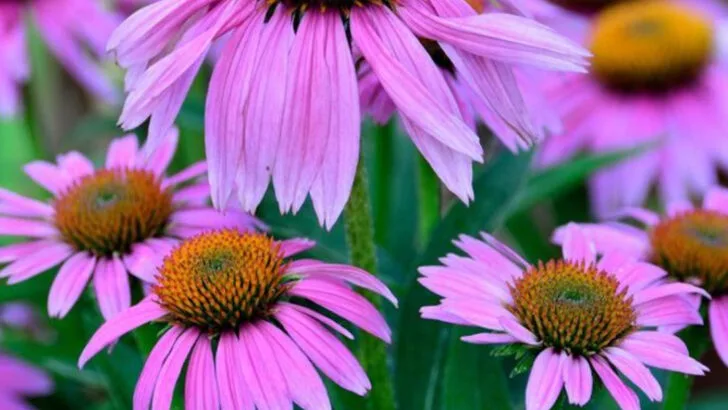If you’ve ever dreamed of stepping into your garden and being greeted by butterflies, bees, and birds, the secret lies in what you plant. These 18 easy-to-grow plants are nature’s invitation—drawing in pollinators, songbirds, and even helpful insects without requiring expert care or constant attention.
Whether you’re working with a tiny urban yard or a sprawling green space, these plants thrive in most conditions and offer nectar, seeds, shelter, and beauty. From brightly colored blooms that attract hummingbirds to fragrant herbs loved by bees, each of these picks supports biodiversity—and adds life and movement to your outdoor space.
The best part? You don’t need to be a master gardener. These plants are resilient, beginner-friendly, and often native or adapted to local conditions. So while they help the environment and support local ecosystems, they also make your garden feel more alive, balanced, and vibrant—all with minimal effort.
Lavender
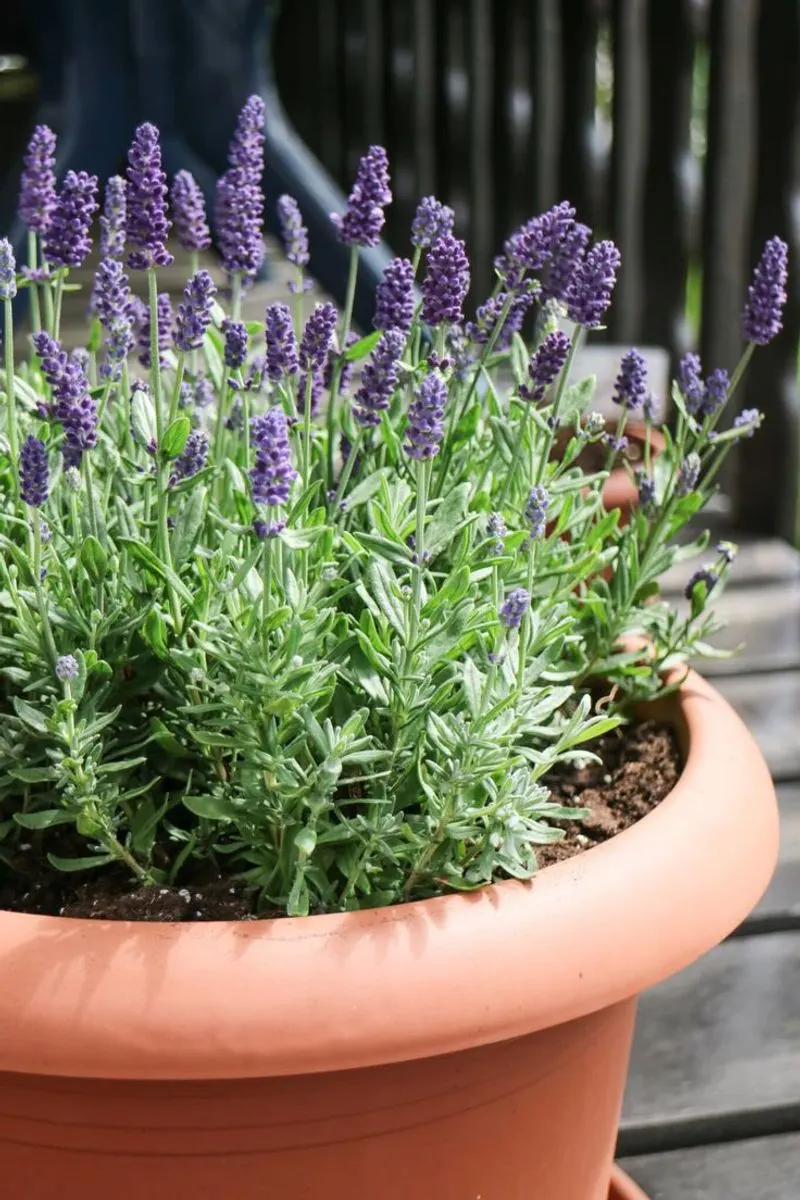
Renowned for its fragrant aroma, lavender entices more than just human admirers. The plant’s lovely purple blooms act as a natural beacon, drawing in bees and butterflies, essential pollinators for your garden ecosystem. Besides its appeal to insects, lavender’s hardy nature makes it a gardener’s favorite, thriving even in poor soil. A delightful bonus: the scent is known to calm the mind and repel mosquitoes, making it a multifunctional addition to any garden.
Sunflowers
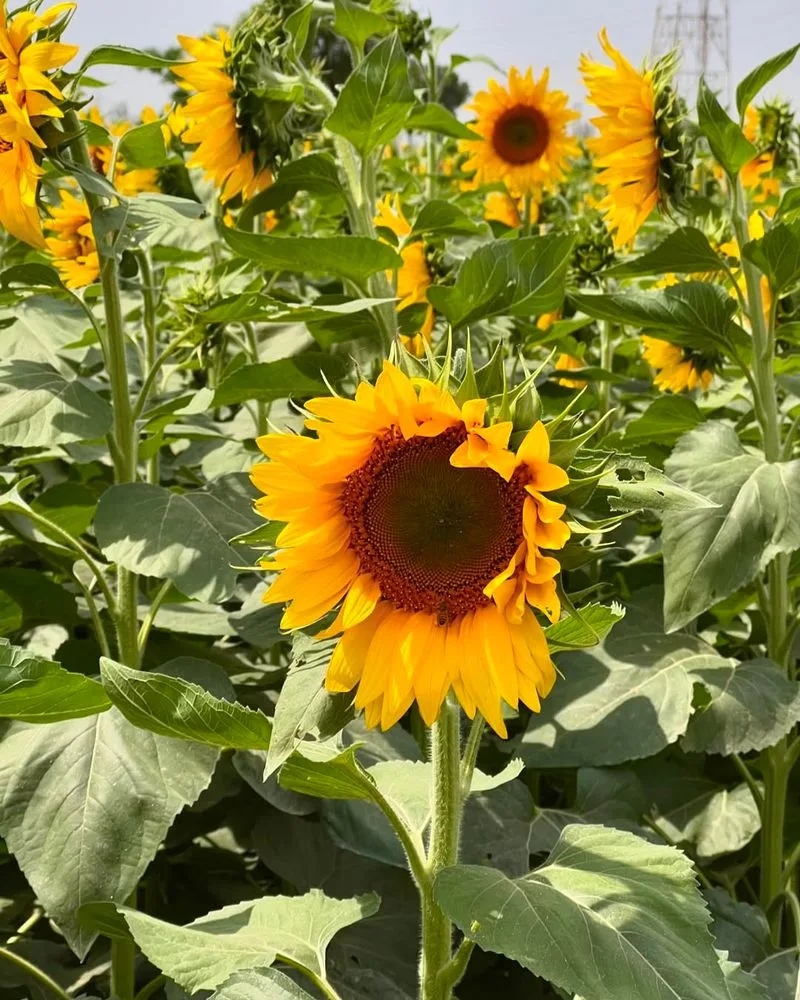
Towering sunflowers bring a splash of sunshine and joy to any garden. Their seeds are a favorite feast for birds, especially finches. The tall stalks not only provide shade but also create a natural playground for insects. Planting sunflowers is an effortless way to attract diverse wildlife while enjoying a stunning visual display. Whether in a garden bed or a simple pot, these cheerful giants are sure to become a focal point of your outdoor space.
Milkweed
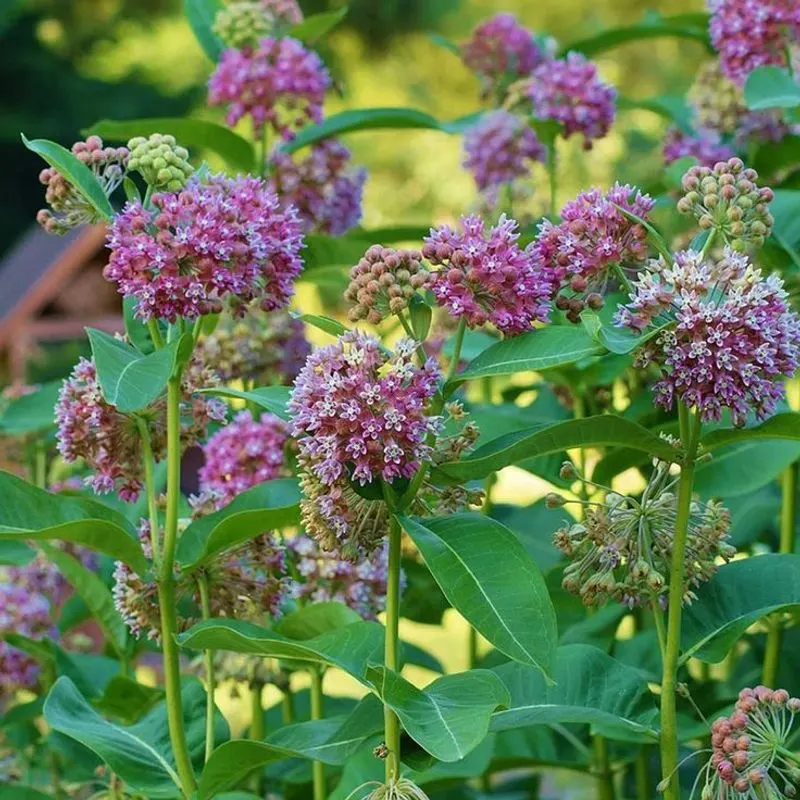
Milkweed holds a special place in the heart of nature enthusiasts. It serves as a crucial host plant for monarch butterflies, supporting their lifecycle. The vibrant flowers not only attract butterflies but also bees and other pollinators. Milkweed is drought-tolerant and can thrive in various conditions, making it an easy addition to any garden. By planting milkweed, you are directly contributing to the conservation of the monarch butterfly population.
Coneflower
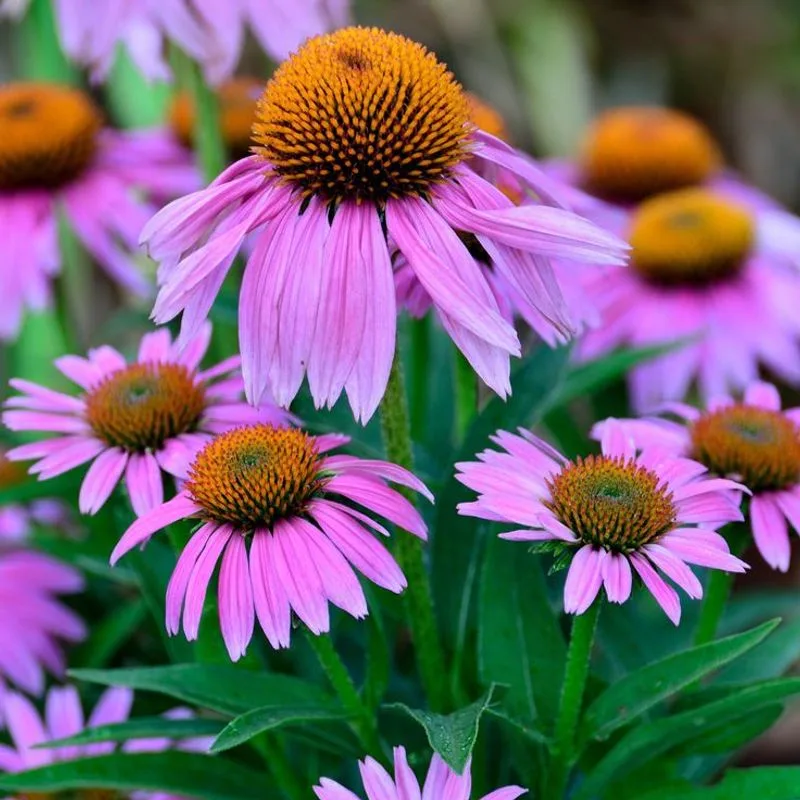
Coneflowers, with their distinctive daisy-like appearance, offer a vibrant splash of color to any garden setting. Their nectar-rich flowers are a magnet for various pollinators, including bees and butterflies. These hardy perennials are drought-resistant and bloom throughout the summer, ensuring a steady food source for visiting wildlife. Additionally, the seed heads can attract birds in the fall, creating a year-round haven for your feathered friends.
Honeysuckle
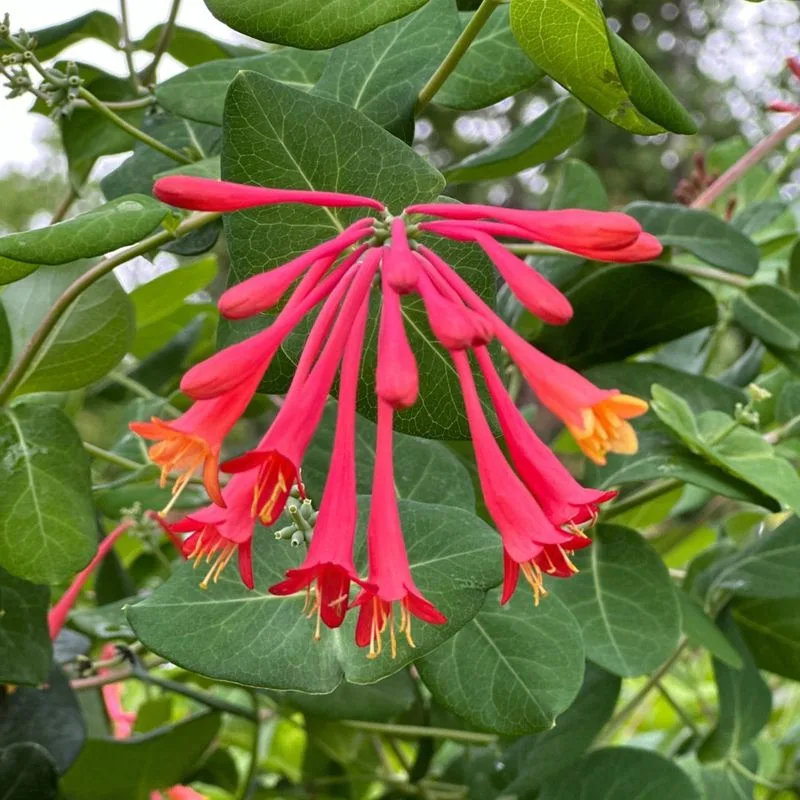
The sweet allure of honeysuckle is irresistible to hummingbirds. Their tubular flowers are a perfect match for the birds’ slender beaks, offering an abundant nectar supply. Not only do they attract birds, but the fragrance is also enjoyed by humans and bees alike. Honeysuckle can be grown as a vine or shrub, adding versatility to your planting options. Its rapid growth and resilience make it an ideal choice for beginners and seasoned gardeners.
Bee Balm
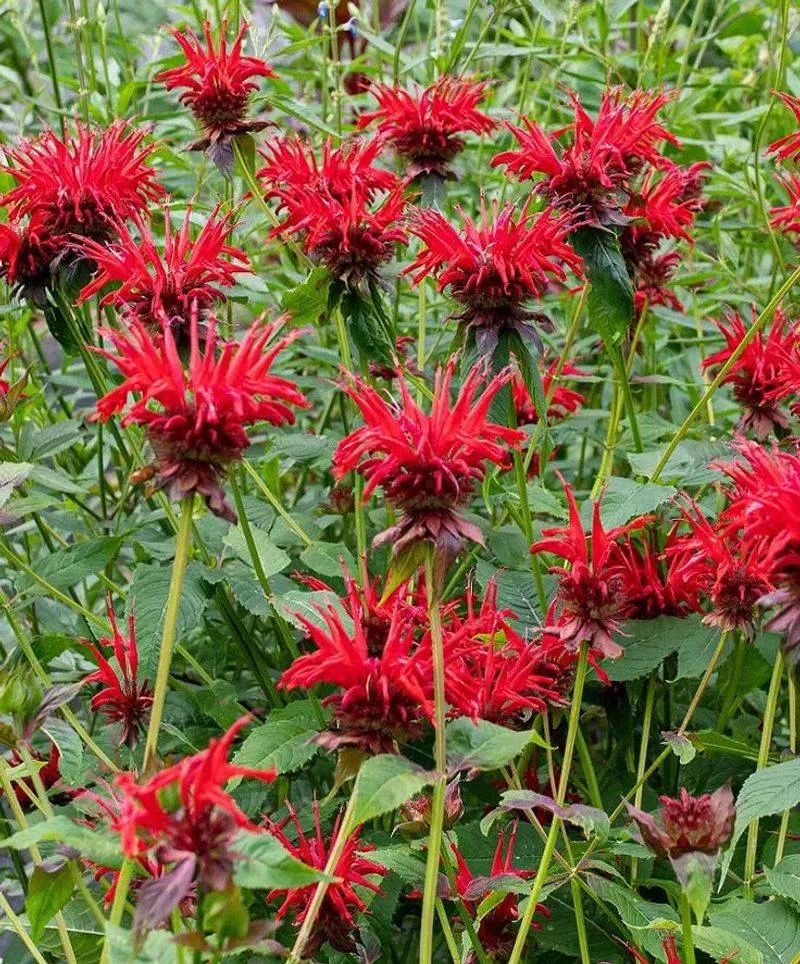
Bee balm, also known as Monarda, is nothing short of a pollinator’s paradise. Its bright blossoms come in shades of red, pink, and purple, and they are particularly appealing to bees, butterflies, and hummingbirds. This plant not only brings color but also a delightful fragrance to your garden. Bee balm thrives in sunny environments and is known for its medicinal properties, making it a functional and beautiful addition to any backyard space.
Black-eyed Susan
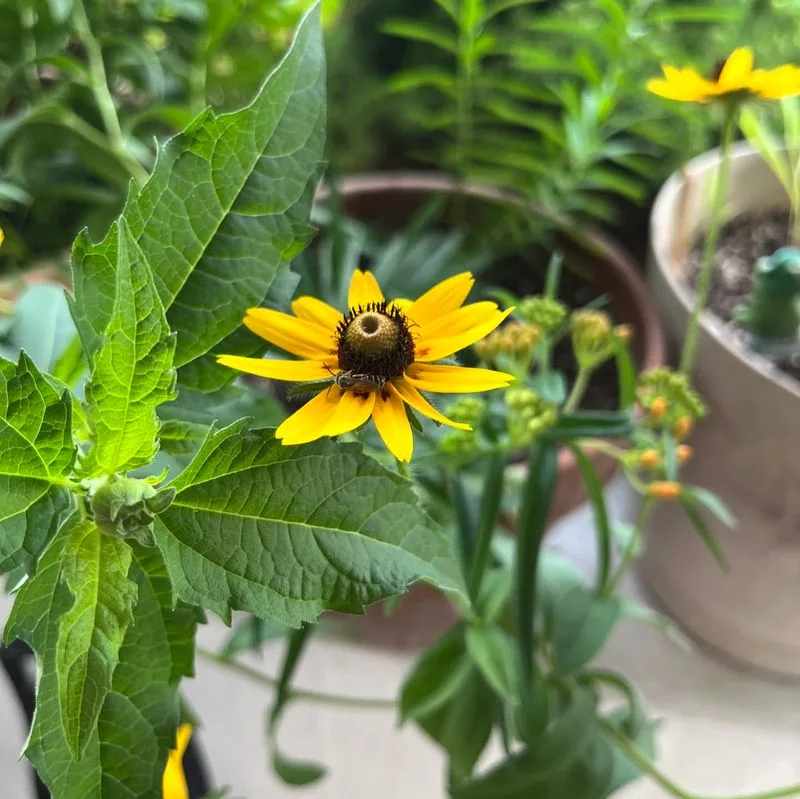
Black-eyed Susans are more than just a garden staple. Their bold yellow petals and dark centers make them a striking sight, while their easy-care nature ensures they thrive in various conditions. These flowers are a favorite among butterflies and bees, providing nectar and brightening any space. As perennials, they return year after year, offering a reliable source of food for visiting wildlife and joy for gardeners.
Yarrow
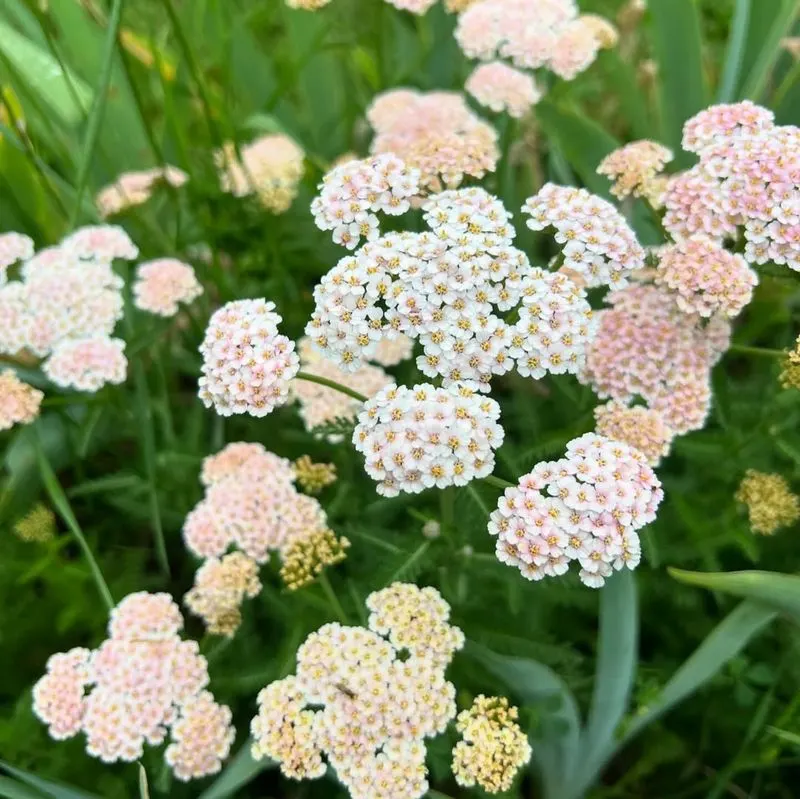
Yarrow is a versatile plant that can flourish in both gardens and wild areas. Its flat-topped clusters of flowers are a draw for butterflies and beneficial insects. Known for its drought tolerance, yarrow requires little maintenance while offering a steady stream of blooms. It’s also valued for its herbal properties, often used in natural remedies. Planting yarrow not only beautifies your garden but supports a rich ecosystem of wildlife.
Aster
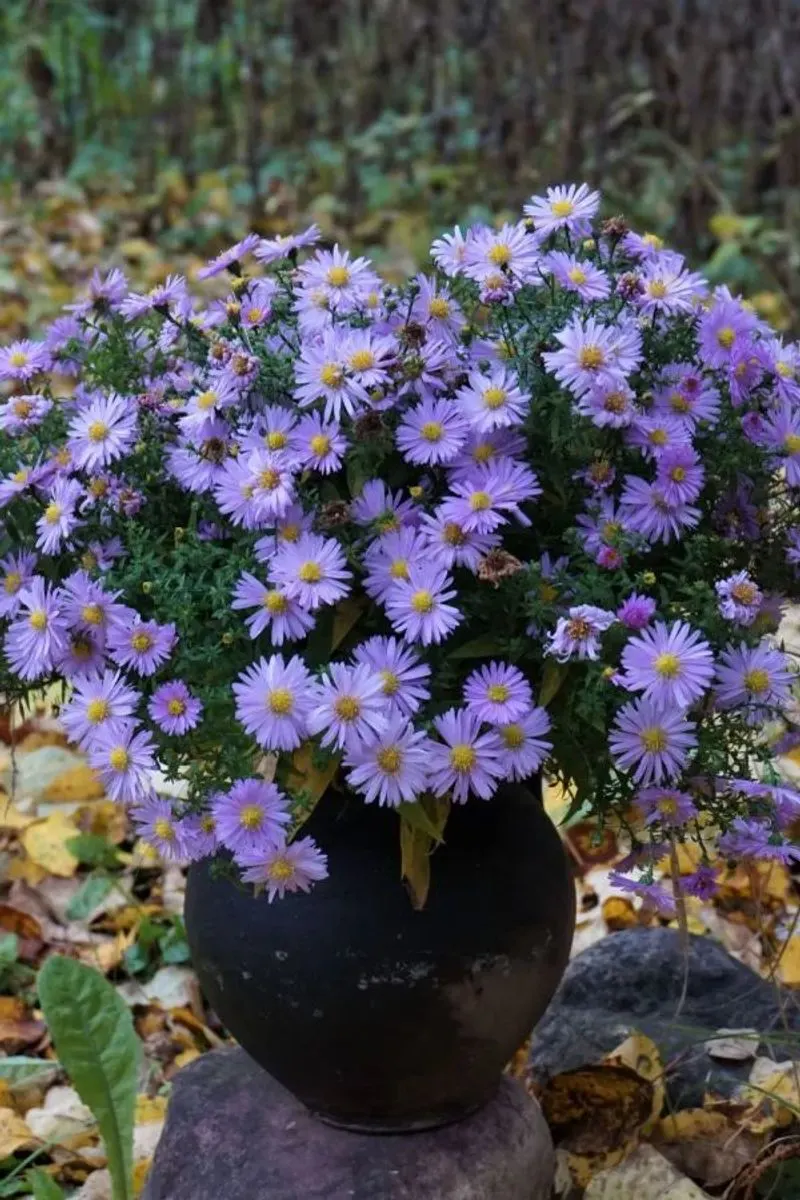
Asters are starry-eyed beauties that bring late-season color to gardens. They bloom when many other plants begin to fade, providing crucial nectar for pollinators preparing for winter. With their diverse range of hues, asters attract butterflies, bees, and even small birds. These perennials are low-maintenance, making them ideal for gardeners looking to enhance biodiversity with minimal effort. Asters offer a welcome splash of color and life as the seasons change.
Butterfly Bush
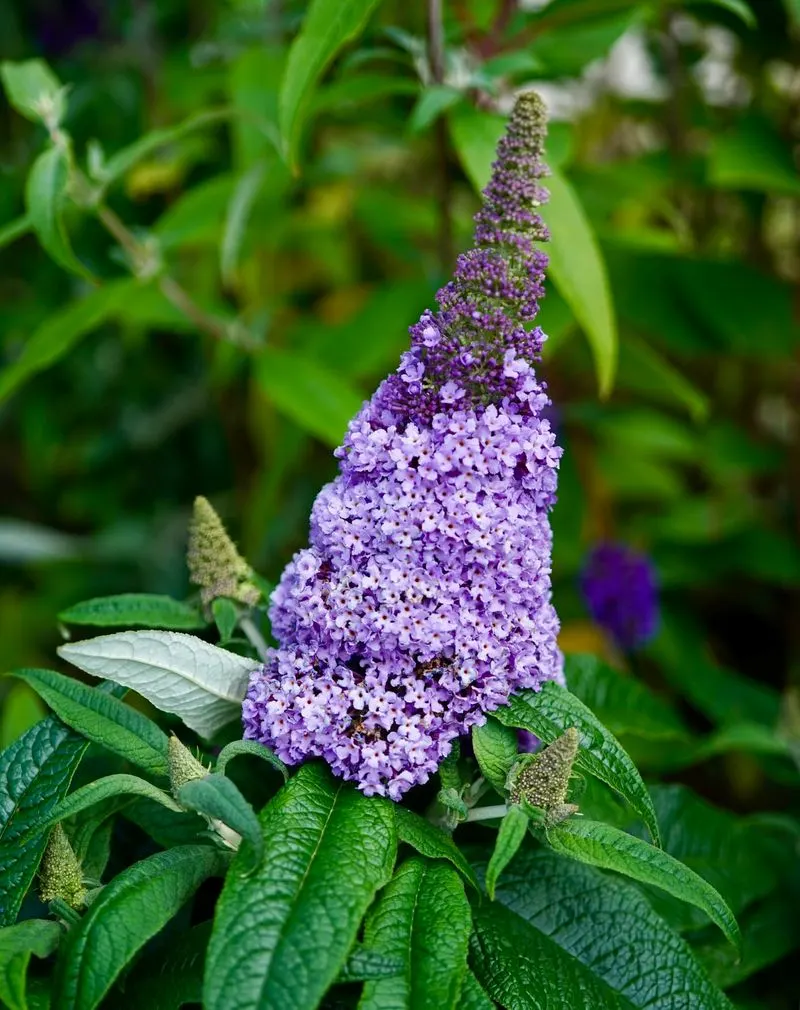
True to its name, the butterfly bush is a magnet for these winged wonders. Its large, fragrant flower spikes are a rich nectar source, attracting butterflies, bees, and hummingbirds. Despite its exotic appearance, this shrub is easy to cultivate and thrives in various climates. Pruning can encourage more robust blooms, ensuring a continual display of color and activity in your garden. The butterfly bush’s ability to draw wildlife makes it an essential choice for nature lovers.
Salvia
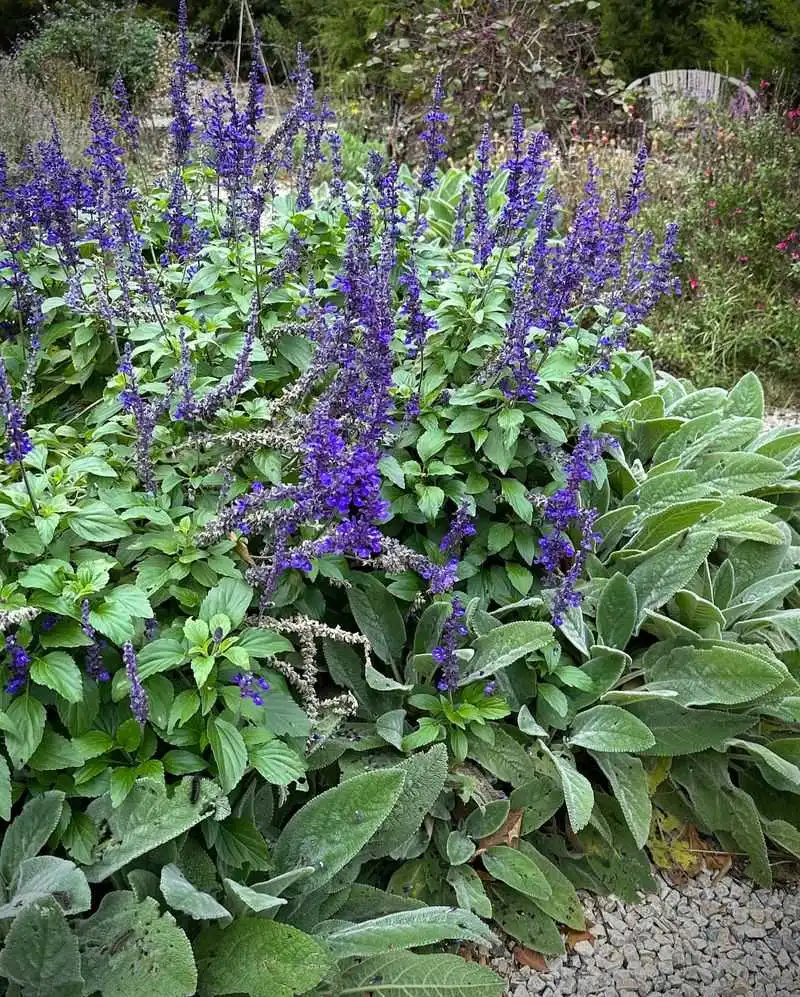
Salvia, known for its striking spikes of color, is a favorite among hummingbirds and bees. This plant’s resilience and adaptability make it suitable for various garden styles. Its aromatic leaves also deter deer, a plus for gardeners in rural areas. Salvia comes in many varieties, each offering unique shades and shapes, adding diversity to your planting scheme. This plant’s ease of growth and ornamental appeal make it a staple for pollinator-friendly gardens.
Zinnias
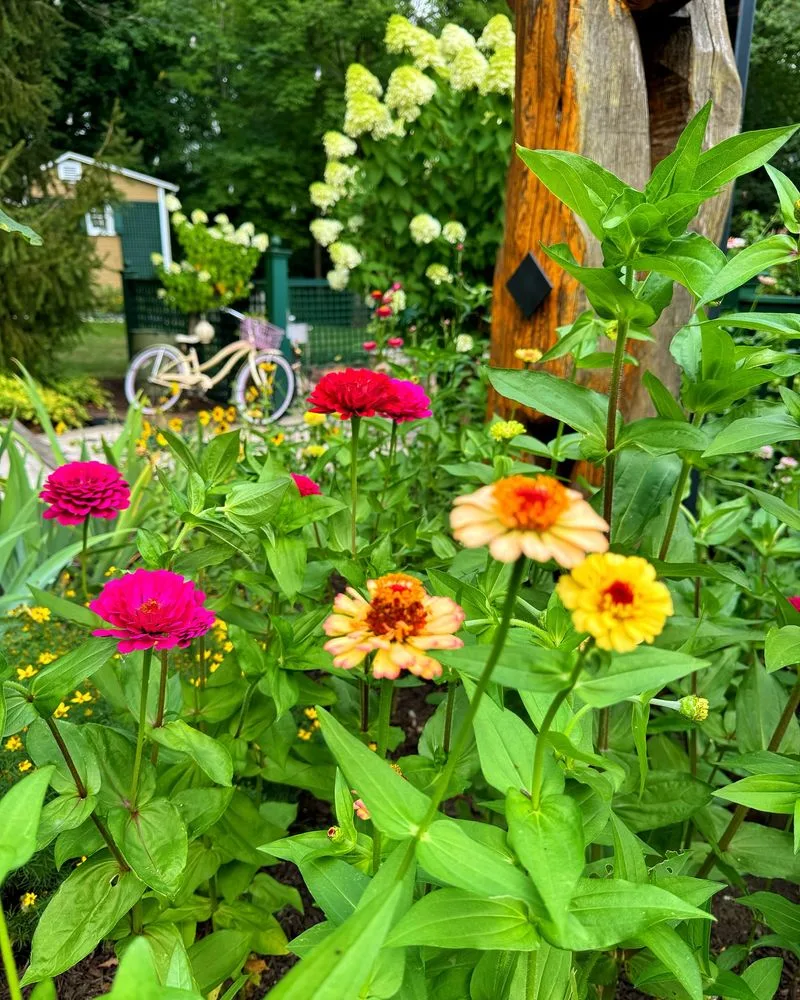
Zinnias are cheerful and bright, offering a rainbow of colors that appeal to both humans and wildlife. Their nectar-rich flowers are particularly attractive to butterflies, providing them with the energy needed for their long migrations. Easy to grow from seed, zinnias can fill a garden with blooms from summer through fall. Their ability to thrive in hot, sunny spots makes them a versatile choice for gardeners looking to add a splash of color and life.
Lilac
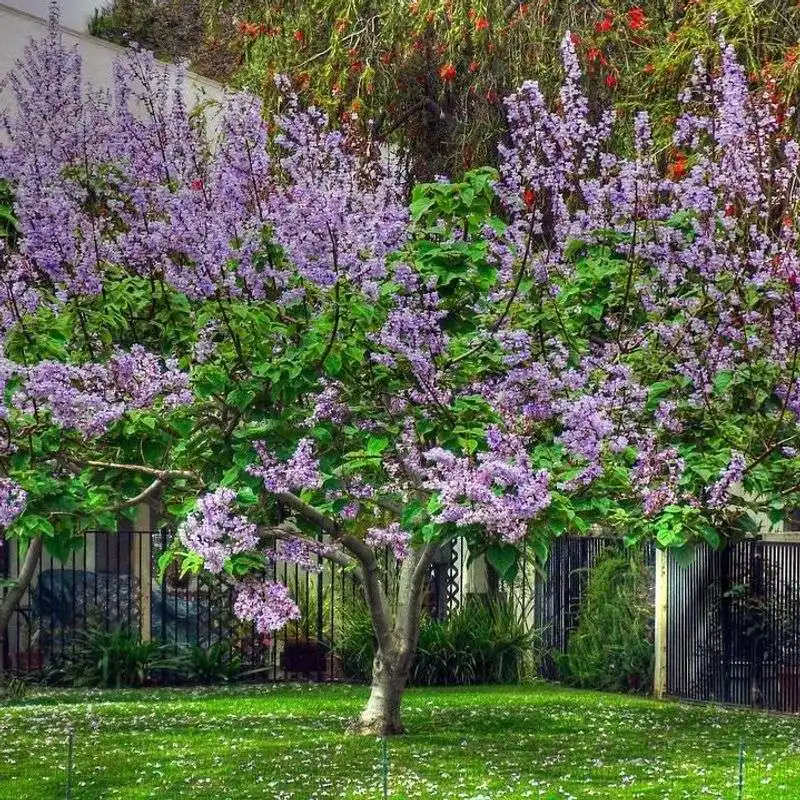
Lilacs are cherished for their intoxicating fragrance and lovely bloom clusters. This aromatic appeal extends to wildlife, drawing in butterflies and bees. Once established, lilacs require minimal care, thriving in well-drained soil and sunny locations. The blooms also make an excellent choice for cutting, allowing gardeners to bring the enchanting scent indoors. These long-lived shrubs can become a sentimental favorite, passed down through generations.
Goldenrod
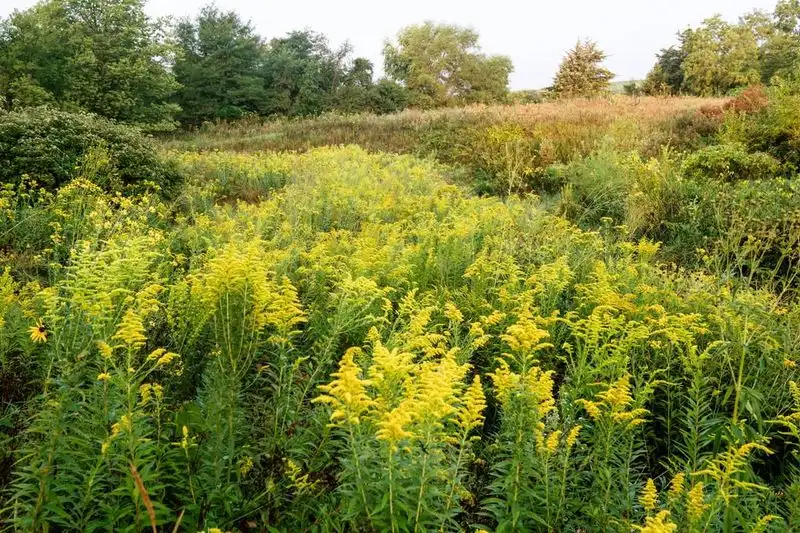
Goldenrod, often mistaken for causing allergies, is actually a beneficial plant for pollinators. Its bright golden flowers are a feast for bees and butterflies in late summer when other blooms are scarce. This hardy perennial is easy to grow, requiring little maintenance and thriving in poor soil. Goldenrod can be a key component in supporting local ecosystems, offering a vital food source while adding a splash of color to gardens and wild areas alike.
Borage
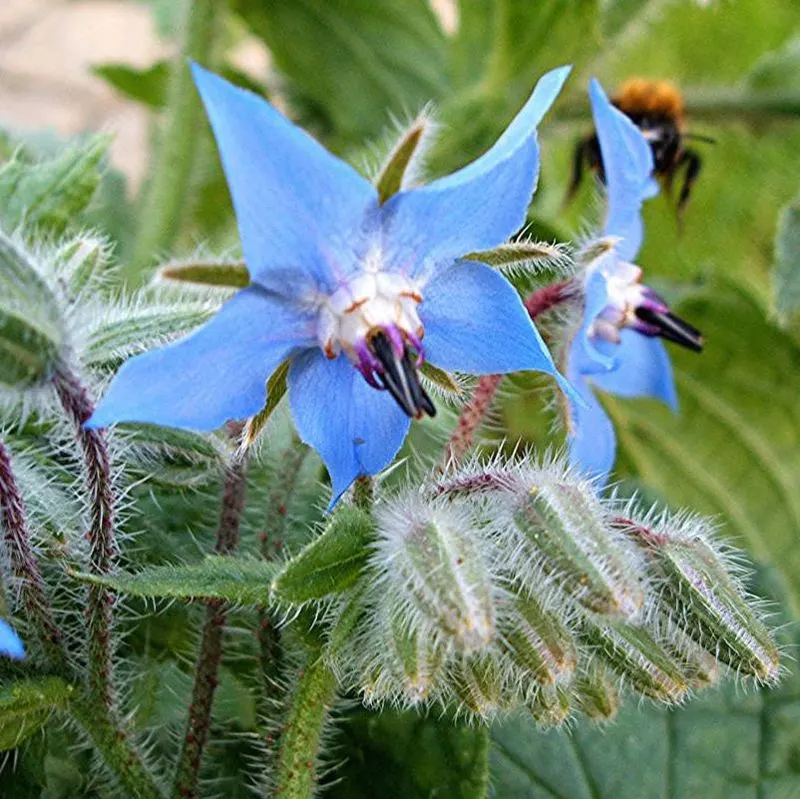
Borage is an herb that does double duty in the garden. Its star-shaped blue flowers attract bees and other pollinators, enhancing the productivity of nearby fruit and vegetable plants. Beyond its ecological benefits, borage is edible, with blooms that can garnish salads and drinks. Known for its growth in various conditions, it readily reseeds, ensuring its presence in your garden year after year. Its versatility and charm make borage a gardener’s ally.
Clover
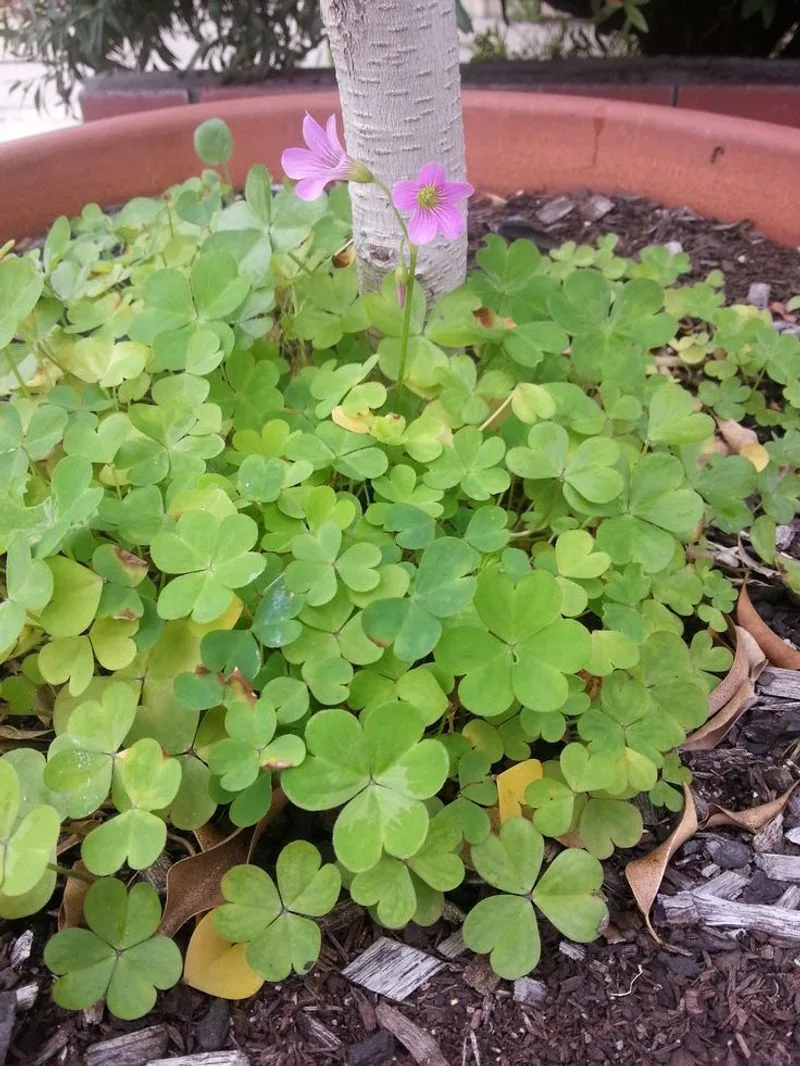
Clover might be a humble plant, but its benefits are significant. This low-growing perennial serves as a vital source of nectar for bees and other pollinators. As a nitrogen fixer, clover enhances soil fertility, reducing the need for chemical fertilizers. It’s also resilient, thriving with minimal care. Clover can replace traditional lawns, offering a green carpet that’s environmentally friendly. This unassuming plant plays a key role in sustainable gardening.
Coreopsis
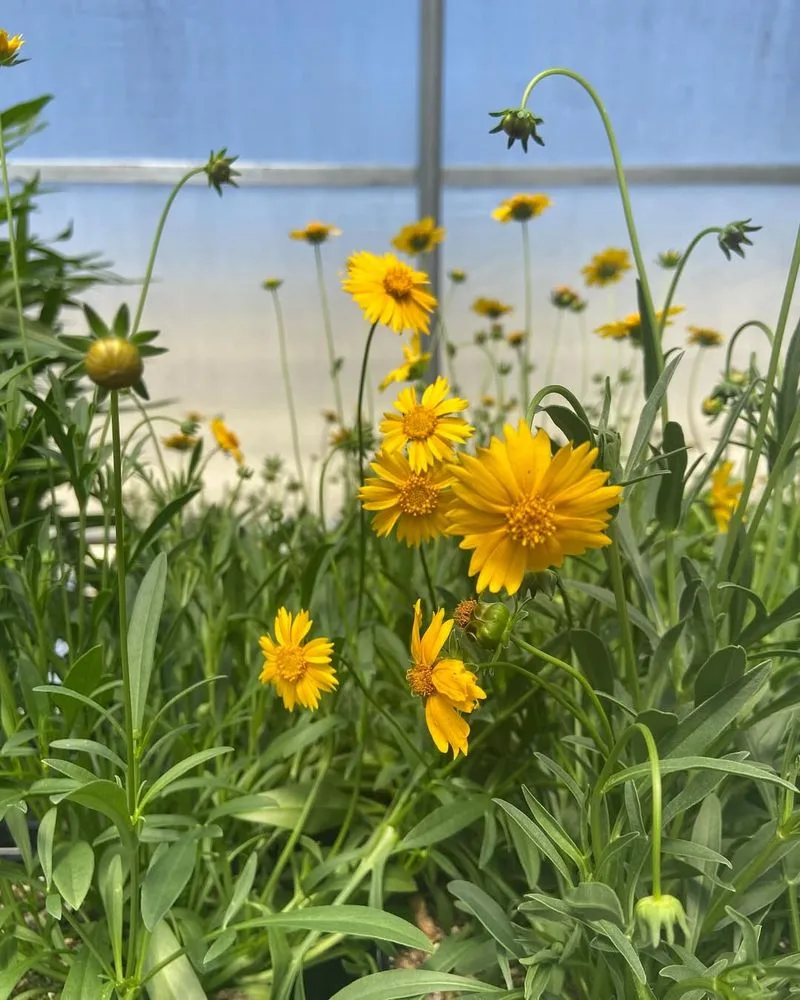
Coreopsis, often called tickseed, is known for its bright, daisy-like flowers that sway cheerfully in the breeze. These plants are a favorite among bees and butterflies, providing ample nectar while requiring little care. Blooming from early summer into the fall, coreopsis ensures a continuous splash of color. This plant’s adaptability to different soils and climates makes it an easy choice for gardeners. Its vibrant display is sure to attract attention from both wildlife and neighbors.
Marigold
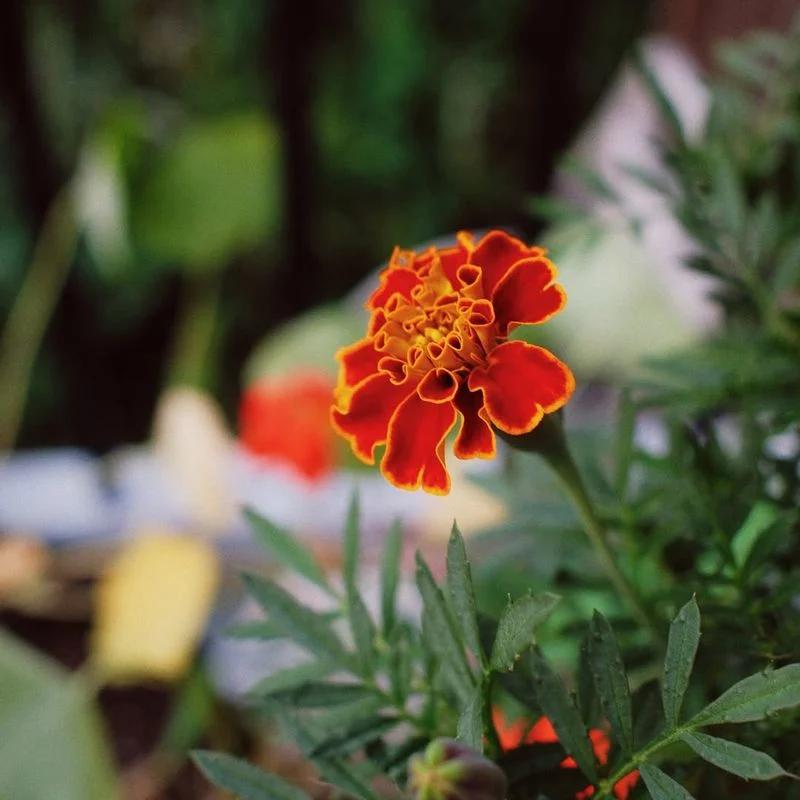
Marigolds are a garden staple for a reason. Their bright, sunny blooms attract beneficial insects, including ladybugs and bees. Additionally, marigolds are known for their pest-repelling properties, making them a companion plant for vegetables. Easy to grow, they thrive in sunny locations and bring color from spring to autumn. Their versatility extends to containers, providing options for gardeners with limited space. Marigolds’ cheerful presence and practical benefits make them a beloved choice.

